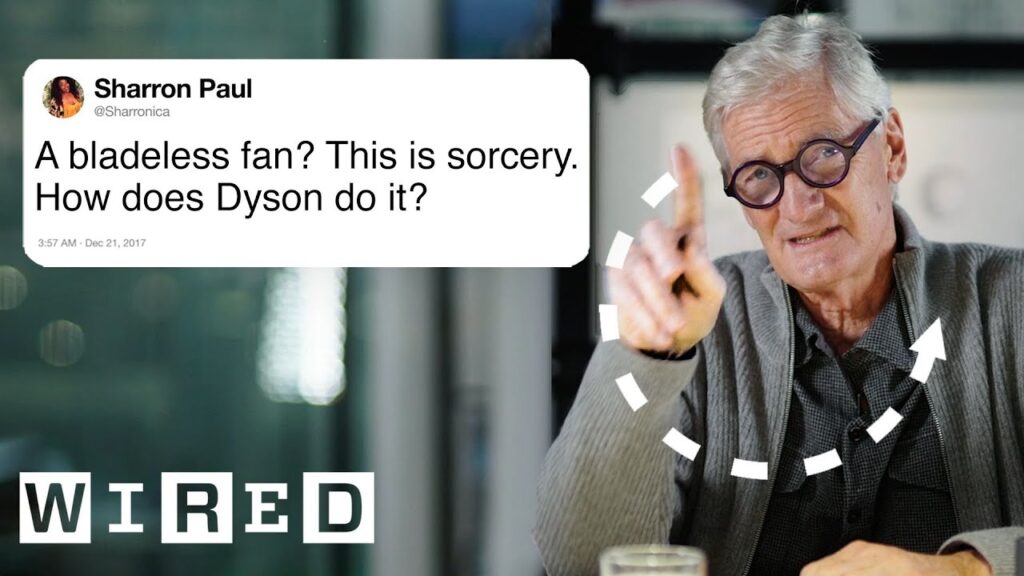The Future of Robotics: Beyond the BB-8 Droid
Summary
In this article, we explore the limitations of the BB-8 droid and how it compares to other robots such as R2-D and C-3PO. We also discuss the potential of humanoid systems and how they can be used to solve real-world problems.
Table of Contents
- The Physics of the BB-8 Droid
- The Capabilities of R2-D and C-3PO
- Humanoid Systems and Their Potential
- Robots as Solutions to Problems
- Conclusion
The Physics of the BB-8 Droid
Brett Kenned, a roboticist at the Jet Propulsion Laboratory, shares his thoughts on the BB-8 droid from a physics perspective. Despite its cool appearance, he notes that the BB-8 droid has limitations when it comes to rolling up and over objects. With only one wheel, it can easily get stuck, and without enough flat ground, it simply doesn’t work. While the BB-8 droid may be suitable for certain environments, it is not a practical solution for all situations.
The Capabilities of R2-D and C-3PO
Kenned explains that his favorite droid is the R2-D because it is an engineered droid designed to fix things. He believes that much of what R2-D does is possible with current technology. While C-3PO is also impressive, Kenned notes that some humanoid systems available today can outperform it. However, he acknowledges that C-3PO has flexibility in its spin that current technology struggles to emulate.
Humanoid Systems and Their Potential
Kenned believes that the future of robotics lies in humanoid systems. By combining the capabilities of humanoid systems with those of current technology, we can create powerful solutions to real-world problems. He cites NASA’s Robonaut and Valkyrie robot as examples of robots that outperform C-3PO.
Robots as Solutions to Problems
Kenned stresses that robots should be viewed as solutions to problems rather than just as robots. By focusing on the problems that need to be solved, we can design robots that are effective and efficient. This approach can lead to breakthroughs in fields such as medicine, manufacturing, and space exploration.
Conclusion
As robotics technology continues to advance, it is important to focus on the problems that need to be solved rather than just on creating cool robots. By combining the capabilities of humanoid systems with current technology, we can create powerful solutions to real-world problems. The future of robotics is not just about creating robots, but about using them to make a positive impact on the world.







